I am trying to set role to the logged user but I can't get the logged user name in my non-action method called from another controller. I am missing something, because I get the error: "Object reference not set to an instance of an object", which I understand because the logged user name comes null in my RegisterAsUser() method. Do I call the non-action method ok? Tell me what I am doing wrong. Thank you in advance!
My code:
The non-action method:
[NonAction]
[Authorize]
public void RegisterAsUser()
{
//Add User role
var roleManager = new RoleManager<IdentityRole>(new RoleStore<IdentityRole>(context));
string role = "User";
//Create Role User if it does not exist
if (!roleManager.RoleExists(role))
{
var roleResult = roleManager.Create(new IdentityRole(role));
}
var store = new UserStore<ApplicationUser>(new ApplicationDbContext());
var userManager = new UserManager<ApplicationUser>(store);
string userId = User.Identity.GetUserId();
if (!Roles.IsUserInRole("Admin"))
{
var result = userManager.AddToRole(userId, role);
}
}
Where I call the RegisterAsUser() method in other controller:
public ActionResult Create()
{
//set the logged user role to "User"
IdentityRoleController roleController = new IdentityRoleController();
roleController.RegisterAsUser();
... some other code here...
return View();
}
Update: I noticed that If I change the non-action method with an ActionResult one and call it from the url it assigns the role to the logged user. So I assume that instantiating a controller with it's non-action method in another controller it's wrong but I will like to know why.
